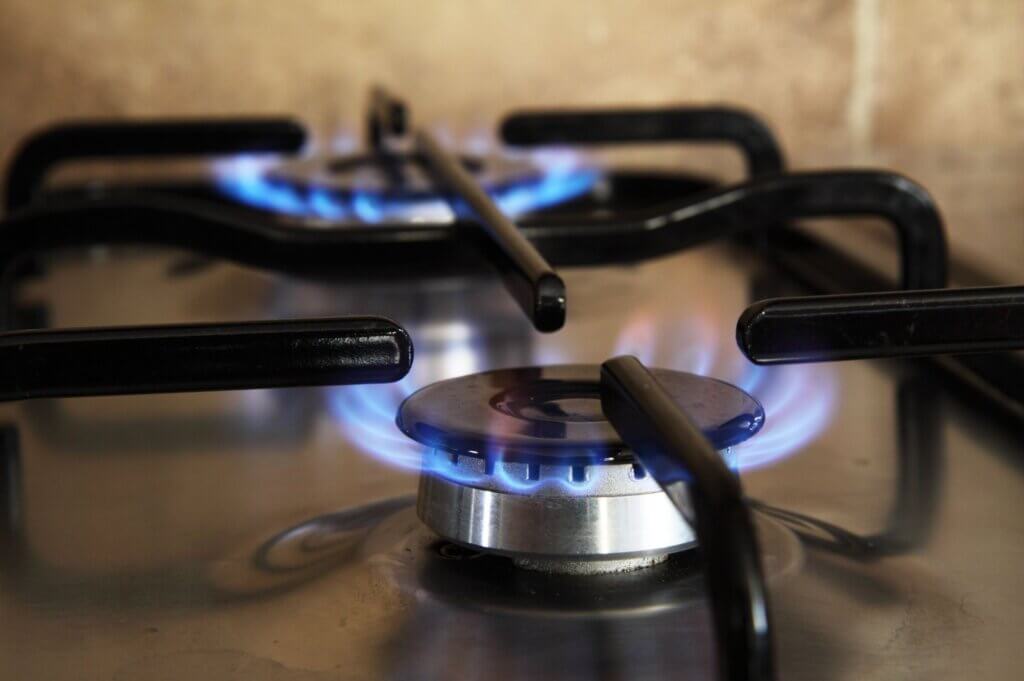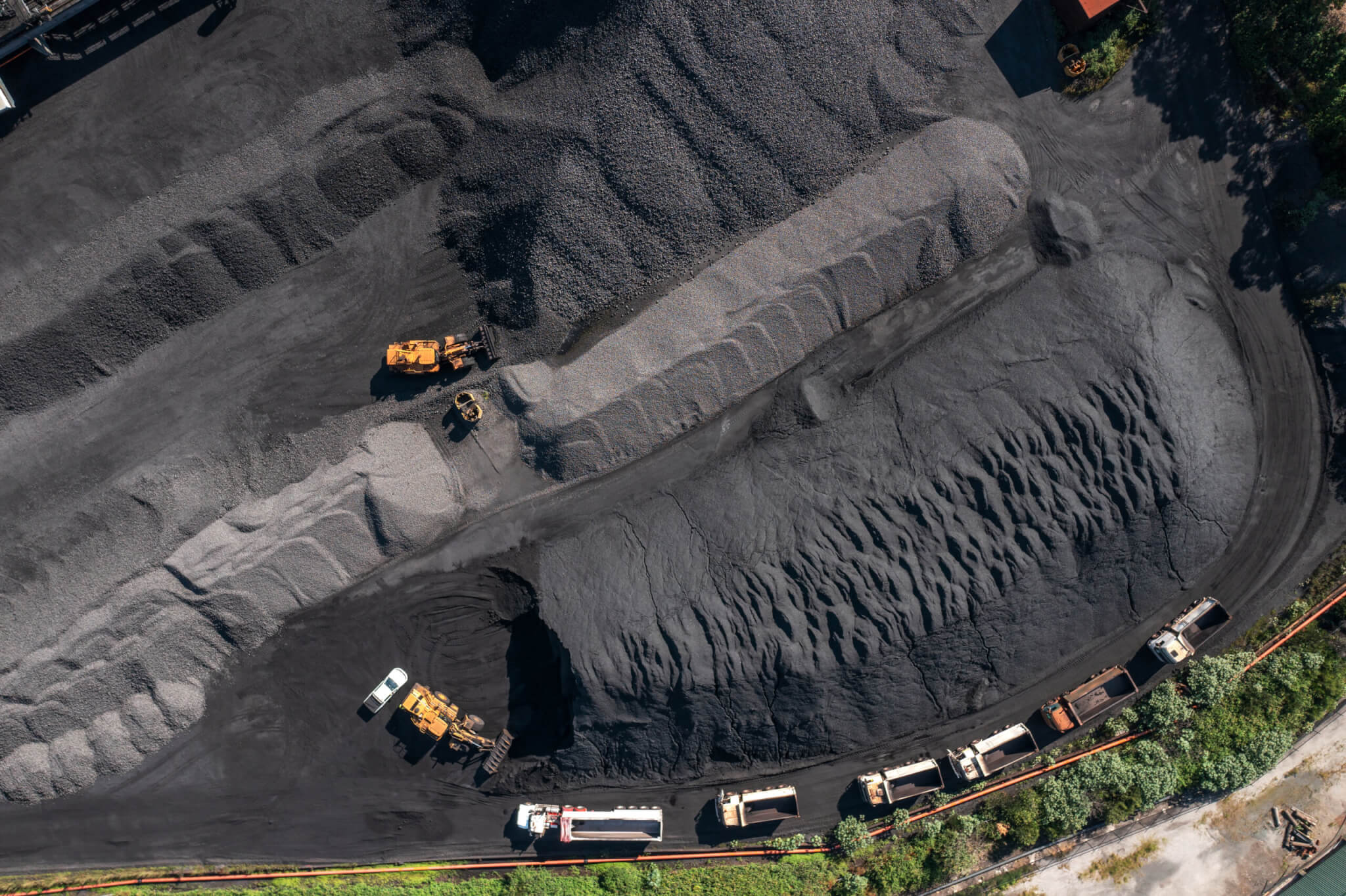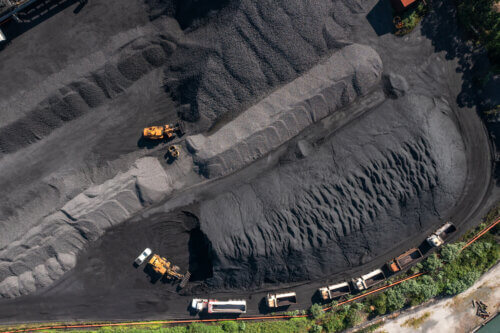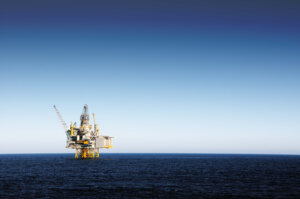There's a powerful driver of climate change coal and gas companies don't want you to know about.
Burning coal and gas for energy releases carbon dioxide into the atmosphere, which traps heat and drives climate change. For the last few decades, much of our focus – rightfully so – has been on cutting carbon dioxide emissions from burning fossil fuels. But did you know that coal and gas have a massive climate impact long before these fossil fuels are even used?
We’re talking about methane.
What is methane and where does it come from?
Coal, oil and gas are called fossil fuels because they are essentially the ancient remains of plants and animals, heated, decomposed and pressurised under layers of rock and earth over tens of millions of years. Methane gas is one of the main products of this long decomposition process.
The main place you might have encountered methane is in the kitchen - if you cook with gas, you're cooking with fossil methane.
If you've ever heard the term ‘natural gas’, that's fossil fuel industry spin for this ancient methane, a fossil fuel.

Where do fossil methane emissions come from?
Enormous quantities of methane gas are trapped in and around coal seams. When coal companies break up and extract coal during mining, the methane trapped in the seams is released.
In Australia, when companies mine for coal they almost always release methane pollution directly into the atmosphere. Gas companies are also responsible for huge amounts of methane emissions through leaks from fossil gas wells, processing plants and pipelines around Australia.
This methane pollution from coal and gas production is called ‘fugitive emissions’.
Methane is a greenhouse gas with a much stronger heat-trapping effect than carbon dioxide. Although methane doesn’t last as long in the atmosphere as other greenhouse gases, it is about 84-87 times more powerful than CO2 at trapping heat on earth over a 20-year time period.
Australia’s got a methane problem
Methane emissions from coal mining and gas extraction happen in Australia, meaning that they are counted towards Australia’s greenhouse gas emissions and will make it much harder to achieve our emissions reduction targets.
To put it in perspective, these fugitive methane emissions from coal and gas make up around 27% of Australia’s reported methane emissions, and 7.2% of Australia’s entire greenhouse gas inventory. That’s more than the total greenhouse gas emissions from Victoria’s transport, residential, manufacturing and construction sectors combined.
| Methane | Total (all GHGs) | ||
| Mt CH4 | Mt CO2-e | Mt CO2-e | |
| Australia | 4.37 | 122.36 | 464.77 |
| Fossil fuel production fugitives | 1.19 | 33.3 | 48.8 |
| Victoria manufacturing & construction | 5.3 | ||
| Victoria transport (including cars) | 18.6 | ||
| Victoria residential | 6.1 |
Due to fossil fuel companies systematically under-reporting methane emissions, the actual amount of methane pollution created by Australia’s fossil fuel industries is even larger than what these official figures show.
Newly released evidence from satellites and on-the-ground emissions monitoring shows that companies operating fossil fuel sites in Australia – especially coal mines in Queensland and New South Wales – are significantly under-reporting the fugitive methane emissions from their projects, meaning these industries could be having an even greater impact on the climate than we think.
Australia’s laws are failing to stop coal and gas companies from releasing methane pollution.
Although the Federal Government’s Safeguard Mechanism will put caps on emissions from some coal and gas sites, it doesn’t prevent companies from creating greenhouse gas pollution. This is because under the Safeguard Mechanism companies can still create greenhouse gas emissions, then just use carbon offsets to say that they have kept their emissions under Safeguard Mechanism limits. Putting aside the problems with the integrity of carbon credits, using carbon-based offsets in the context of methane is particularly problematic because methane is so much more powerful than CO2, so avoiding carbon dioxide emissions does not compensate for releasing methane.
What needs to change?
Because methane plays such a big role in climate change, climate scientists and energy experts are clear that acting now to stop coal and gas methane emissions is critical to slowing down dangerous global warming.
This could buy us critical time to responsibly build out clean, renewable energy infrastructure, to switch industries away from polluting fossil fuels, and to support communities and ecosystems to adapt to inevitable climate change.
The good news is: the technologies to reduce fossil fuel methane emissions already exist. Coal companies can eliminate methane from mines using a process called ‘oxidisation’, and gas companies can implement much more efficient leak detection and avoidance systems.
If fossil fuel companies in Australia implemented these solutions, we could see real reductions in the speed and severity of global warming in as little as a decade or two.
This said, these technologies aren’t perfect. Fossil methane pollution is a real problem – but it’s only part of the picture.
There’s only one real solution to the climate crisis: ending all coal and gas extraction for good. In the meantime, EJA’s climate lawyers are working with our clients to make sure that fossil fuel companies responsible for dangerous methane emissions are properly held to account for the damage they are causing.




